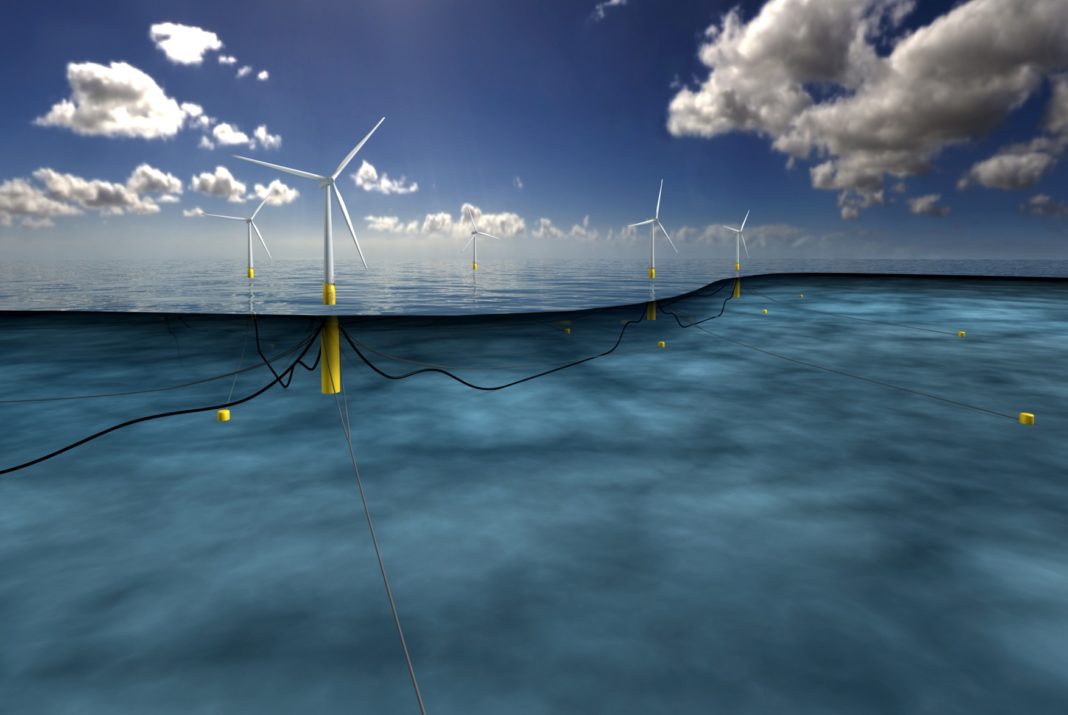A new floating offshore wind industry in the Celtic Sea could support 3,200 jobs in the south west and Wales, and £682 million of spend in the local supply chain by 2030.
These are the findings of a report by the Offshore Renewable Energy Catapult (OREC) examining the potential economic benefits of installing floating wind turbines in waters off the coast of Wales and south west England.
Floating offshore wind can be deployed in deeper waters where wind resource is higher and is not constrained by the need for fixed bottom foundations. The Conservative manifesto committed the UK to reaching 40GW of offshore wind capacity by 2030, and enabling new floating wind farms.
The OREC report was jointly commissioned by the Welsh Government and the Cornwall and Isles of Scilly Local Enterprise Partnership (LEP) to examine how to maximise the economic opportunity of floating offshore wind projects.
The report models four separate floating wind sites in the Celtic Sea, with two off the Cornwall coast and two off the coast of west Wales.
It says the combined spend in the regional supply chain in Wales and the south west if all four projects went ahead could be £682 million, supporting 3,200 jobs. Areas of activity include development and consenting, vessels and subsea engineering, electrical infrastructure, anchors, ports and logistics, and some manufacture.
That spend could increase to £1.24 billion if there is further investment in manufacturing facilities for mooring chains and cables, and port infrastructure to enable turbine substructure fabrication locally, rather than final assembly only.
Glenn Caplin, chief executive of the Cornwall and Isles of Scilly LEP, said: “For 18 months we have been leading an initiative to secure floating offshore wind deployments in the Celtic Sea, building on our area’s maritime and offshore renewable energy expertise.
“The Celtic Sea is one of only two UK locations where floating offshore wind turbines will be deployed at scale, the other being Scotland. This report, which we have jointly funded with the Welsh Government, sets out in detail the significant economic and jobs benefits that would accrue to our respective regions.”








